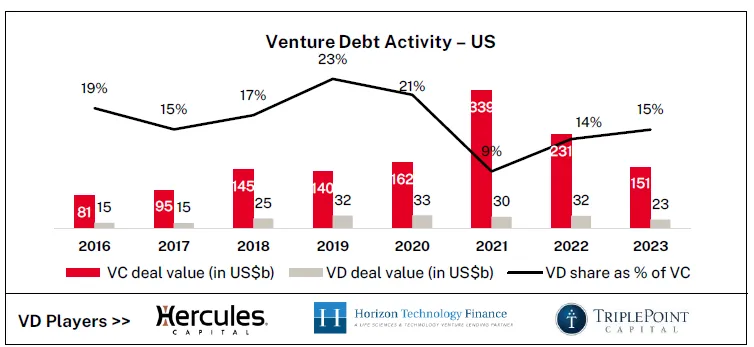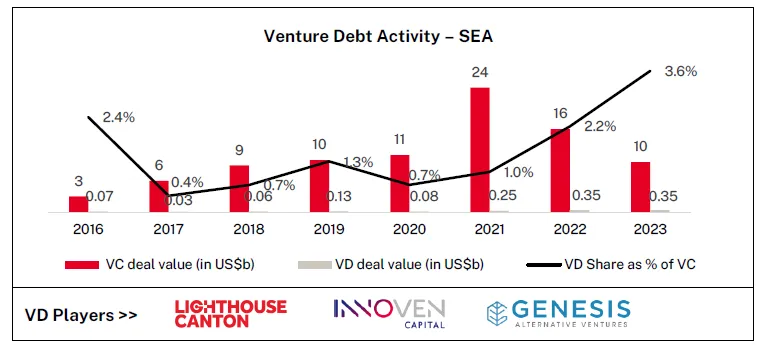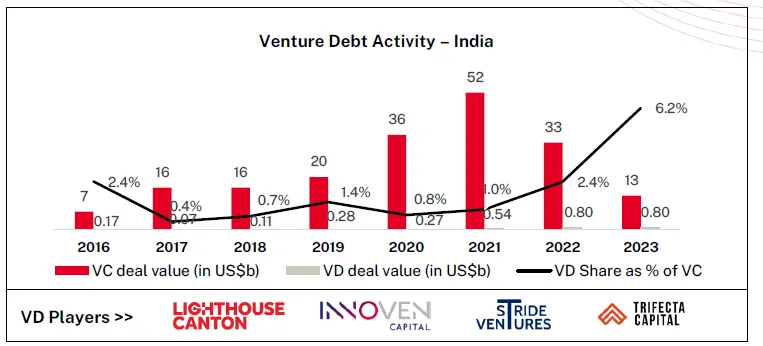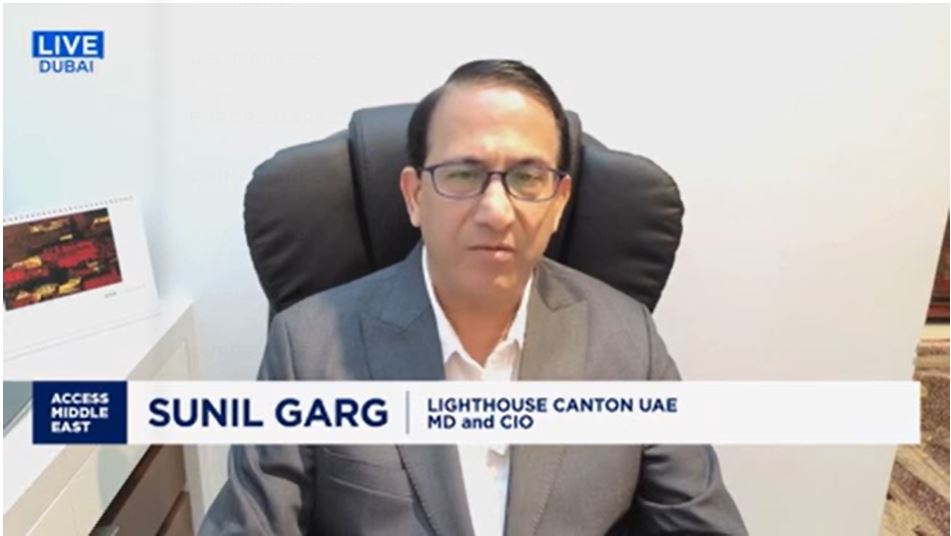What is venture debt?
Across Asia, venture equity has traditionally been the go-to asset class for private market investors looking to tap into top early-stage companies.
However, venture debt as an asset class is gaining significant traction in the venture ecosystem because of its non-dilutive nature of capital that can be deployed for multiple use cases. Hence many founders see venture debt as a strategic tool complementing equity financing. It is structured as a senior secured loan provided to high-growth companies that are backed by Tier 1 venture capital (VC) investors
Let’s take a look at how venture debt differs from venture equity from an investor point of view:
.webp)
Why choose venture debt, as an investor?
Venture debt offers several advantages to investors, some of the key ones are as below:
- Steady Returns: Venture debt often provides attractive and consistent returns, typically offering net annual yields of 12-14% (pre-tax), which can be appealing compared to other fixed-income investments.
- Equity Upside: Investors may benefit an additional 4-5% IRR from the equity upside through share warrants, giving them the opportunity to participate in the equity growth of successful companies.
- Diversification: By investing in a range of startups and growth-stage companies, venture debt provides diversification benefits, spreading risk across various sectors and businesses.
- Faster returns: Short-tenured and monthly amortizing loans with average duration of 2 years resulting in faster realization of principal / investor capital.
The growth of venture debt globally and in Asia
Venture debt activity has generally picked up over the last 2 years given the slowdown observed in equity funding. However, the penetration of the asset class in Asia is still at a nascent stage as compared to the US.
In mature venture markets such as the US, venture debt constituted 15-20% of total VC funding even in difficult years such as 2022. However, for growing economies such as Southeast Asia (SEA) and India, venture debt investments vary in the 3-6% range of total VC funding.
Sanket Sinha. Managing Director, Global Head of Asset Management at Lighthouse Canton noted, “It’s a new product within the private credit space in Asia and the penetration is low vis-a-vis venture equity. However, we expect it to move up significantly in the coming few years.”
This penetration is also a function of the maturity of the startup ecosystem.
Given the overall startup ecosystem in Asia has been a couple of decades behind North America, it’s not a surprise that the venture debt activity in the region is also nascent as compared to the US.
“As the startup ecosystem in Asia matures, we expect venture debt to follow the same trajectory in the region as it did in the US,” noted Sinha.
The numbers and charts below, explain the growth:



The growth of venture debt that Sinha talks about is also substantiated by numbers.
For the trailing 12 months ending June-24, India stood 4th in terms of cumulative venture funding with investments of ~US$12B while SEA witnessed ~US$4B of investments in the region. Out of the ~US$4B invested in SEA, Singapore, Indonesia, and Thailand collectively account for 93% of the total funding received.

Key considerations for investors
Venture debt remains a popular asset class and an effective way for investors to diversify. However, like all market investments, it carries inherent risks, and its success often depends on having experienced fund managers who can identify strong opportunities and implement tight structuring covenants to manage these risks.
Credit risk is a key concern, as venture debt is typically extended to early-stage companies with limited profit histories, increasing default potential. Skilled fund managers like Lighthouse Canton mitigate this. Investors should associate with managers who have strong credit experience in conducting thorough due diligence to identify firms with solid fundamentals and growth potential, and follow robust risk management frameworks to mitigate the credit risk
Market risk is ever-present, as venture debt is sensitive to economic shifts, interest rate changes, and sector-specific downturns that can affect a company's ability to repay. Investors should optimally diversify their portfolio across companies, sectors and geographies to mitigate this risk, leveraging deep market knowledge and managers with regional presence to anticipate macroeconomic changes and adjust strategies accordingly.
Regulatory risk is also a key consideration, especially when investing across different countries, as changes in regulations can impact returns. Managers with expertise in navigating diverse regulatory environments can help ensure compliance and adaptability to shifting landscapes.
In the next blog of Lighthouse Canton IDEAs: Views & Insights, we’ll explore the processes and steps venture debt fund managers make in more detail, in order to ensure robust due diligence, strategic structuring, and diversification, as well as where current investment opportunities exist.













.jpg)

.jpg)
.png)
.jpg)